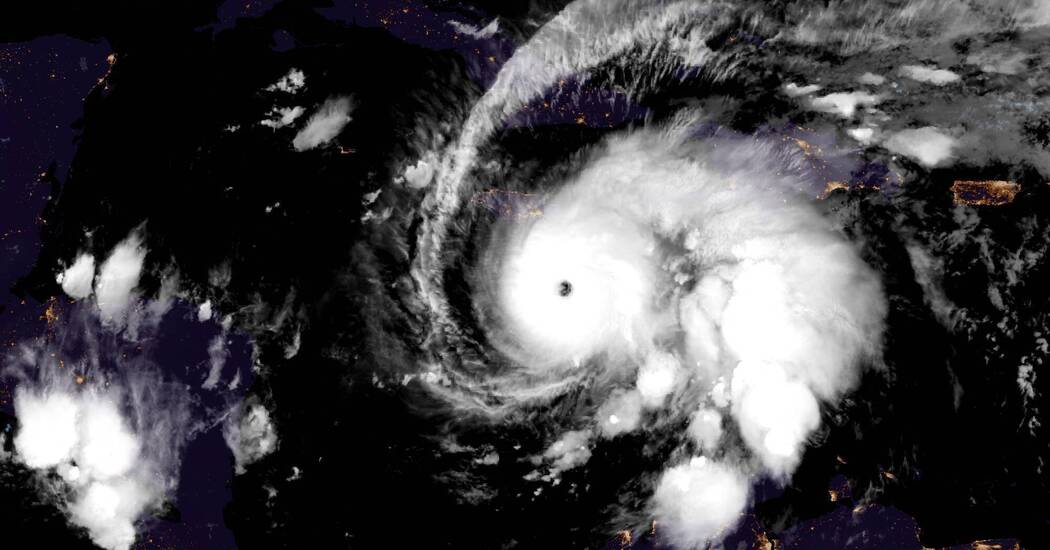When Melissa grew from a tropical storm into a powerful Category 4 hurricane this weekend, it became the fourth of this year’s five Atlantic hurricanes to undergo what hurricane experts call “rapid intensification.”
The intensity of a hurricane is measured by its maximum sustained wind speed, and when that speed increases by at least 35 miles per hour in a 24-hour period — or roughly two categories on the Saffir-Simpson Hurricane Scale — meteorologists call that “rapid intensification.”
Melissa’s wind speeds doubled in less than a day. Around 11 a.m. Eastern time on Saturday, Melissa was a tropical storm with winds of 70 m.p.h., and it intensified just enough by 1:30 to become a Category 1 hurricane when its winds reached 75 m.p.h. It grew quickly over the next few hours — to a Category 2 by early evening, a Category 3 before midnight and a Category 4, with wind speeds of 140 m.p.h., by 5 a.m. Sunday. It is expected to intensify more.
Melissa has been a difficult storm to forecast, with the National Hurricane Center’s experts often pointing out that the models they use to predict a storm’s path and intensity have disagreed wildly at times this week. But as early as Wednesday, forecasters began to suggest the storm would, under the right circumstances, intensify quickly.
On Sunday, the storm inched west slowly, and was expected to drop more than 30 inches of rain over parts of the Dominican Republic, Haiti and Jamaica. It’s expected to pick up speed and turn toward Jamaica, hitting the island as a Category 4 storm early Tuesday.
Three other Atlantic hurricanes this year — Erin, Gabrielle and Humberto, none of which made landfall — rapidly intensified, as did some of the most powerful storms in recent memory.
Researchers have found that storms that rapidly intensify are associated with a disproportionate amount of damage and deaths, especially if the intensification happens close to shore. In 2023, Hurricane Otis was just off the coast of Acapulco, Mexico, when it grew from a Category 1 to a Category 5 in less than 24 hours and then almost immediately lunged ashore, leaving a trail of destruction and killing dozens of people.
In 2023, a study in the journal Scientific Reports found that Atlantic hurricanes were becoming more likely to intensify rapidly. High ocean temperatures can help fuel the kind of explosive growth that leads to rapid intensification of storms, and oceans around the world have been warming because, in part, of human-driven climate change.
Erin McCann is the senior editor for The Times’s weather team. She is based in San Francisco.
The post Hurricane Melissa’s Wind Speeds Doubled in Less Than a Day appeared first on New York Times.




